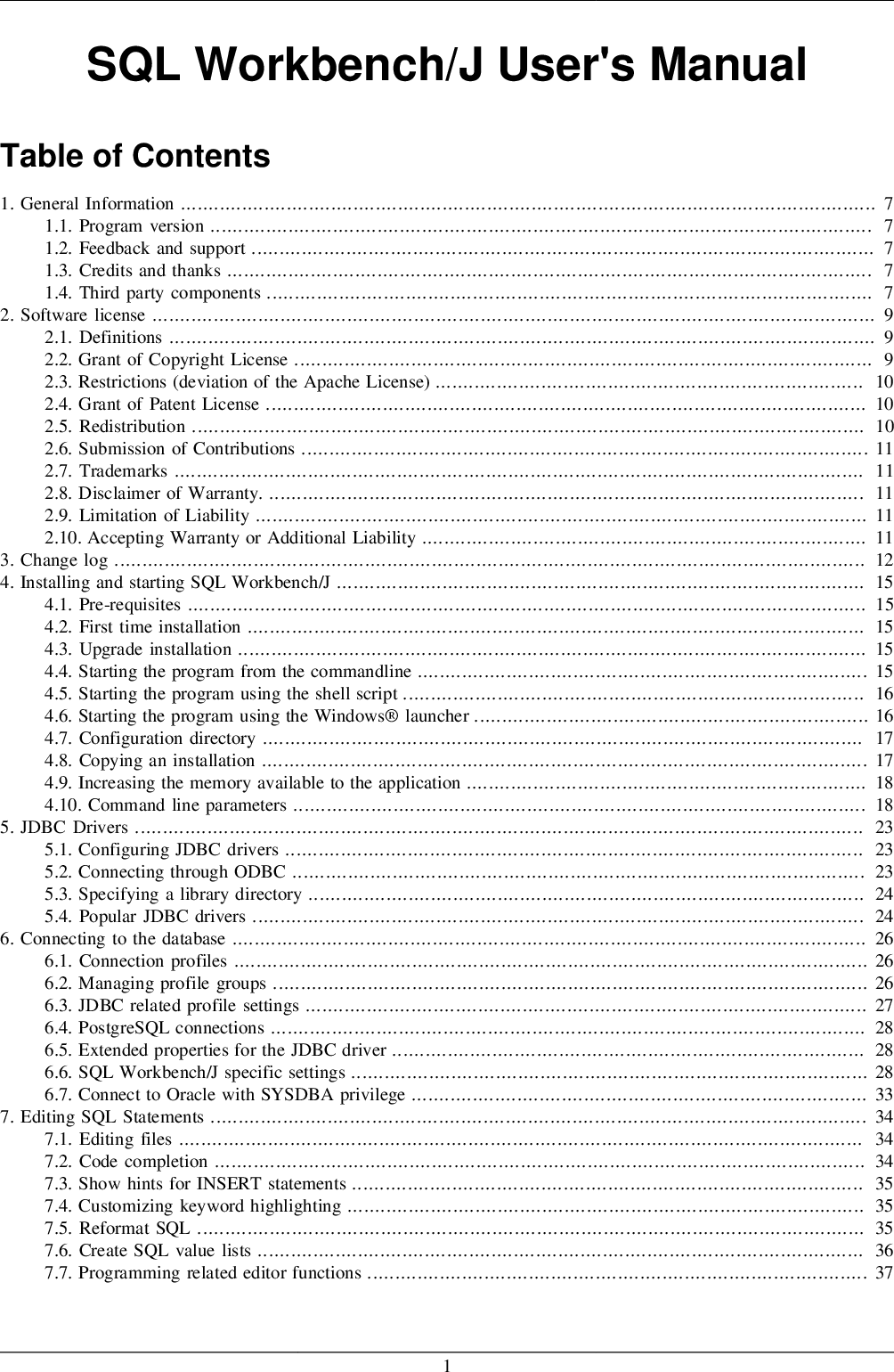

If the amount of memory that is allocated per session is not increased, the number of page faults that active sessions generate increases with the number of sessions. One interesting observation (assuming the disk system that is backing up the page file does not change) is that the larger the number of concurrent active sessions the system plans to support, the bigger the per-session memory allocation must be.
#Low spec experience cflite.dll code
Shared code or data pages have little effect because only one copy is present on the system. The amount of required memory for a session is mostly determined by the private memory reference set for applications and system processes that are running inside the session. OSMem is how much memory the operating system requires to run (such as system binary images, data structures, and so on), SessionMem is how much memory processes running in one session require, and NS is the target number of active sessions. Memory configuration is dependent on the applications that users employ however, the required amount of memory can be estimated by using the following formula: TotalMem = OSMem + SessionMem * NS One important factor to remember is that doubling the number of CPUs does not double CPU capacity. Therefore, the more logical processors on a system, the lower the cushion margin that must be built in to the CPU usage estimate, which results in a larger percentage of active load per CPU. Multiple logical processors can help reduce abnormal CPU congestion situations, which are usually caused by a few overactive threads that are contained by a similar number of logical processors.

CPU configurationĬPU configuration is conceptually determined by multiplying the required CPU to support a session by the number of sessions that the system is expected to support, while maintaining a buffer zone to handle temporary spikes. This section contains additional guidelines that are specific to RD Session Host servers and is mostly related to the multi-user environment of RD Session Host servers. The key factors that affect the number of users and their experience are CPU, memory, disk, and graphics. Remote Desktop Session Host tuning parametersįor an RD Session Host server deployment, the choice of hardware is governed by the application set and how users use them. Tuning applications for Remote Desktop Session Host Selecting the proper hardware for performance
#Low spec experience cflite.dll how to
This topic discusses how to select Remote Desktop Session Host (RD Session Host) hardware, tune the host, and tune applications.


 0 kommentar(er)
0 kommentar(er)
